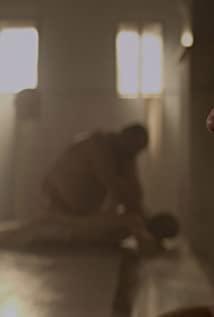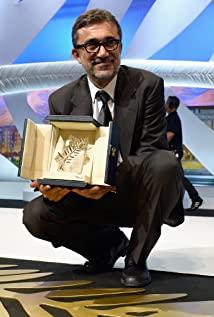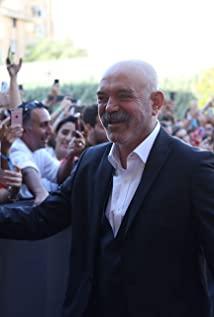"Bir Zamanlar Anadolu'da" is a movie that has always returned to the countryside. The movie implies a dream of the people living in the countryside for the city.
Director Ceylon, who was born as a photographer, has the traces of Iranian naturalist masters in his photography style, and at the same time integrates the temperament of European film philosophy and aesthetic masters. "Bir Zamanlar Anadolu'da" starts with a long and fascinating long lens. The lights projected by three cars in the dark and empty distance are intertwined when turning, winding and passing, with a unique beauty. Such a lens is enough to prove a director's shocking keen sense of the lens. After that, he was good at moving slowly and cautiously with fixed positions, smooth editing in one go, coupled with the empty and poetic pictures, people have to sigh the director's skill in lens control, and he is more than skillful. It is enough to use the mirror image to express Eliot's poem "The Waste Land".
The story of "Bir Zamanlar Anadolu'da" itself is not complicated. The process of finding a place to hide the corpse, but in this process, the relationship between all participants and the prosecutor is subtle and real. Even if Ceylon returned to the countryside, the rural life experienced by the city’s representative prosecutors in the movie directly hinted at the deep impact of urbanization. People sent their complaints to the prosecutors from different channels, all for the purpose of improving condition. The remote mountain burrow in the countryside is the background in the movie. Under the lens of Ceylon, these backgrounds are covered with a melancholy color, and the faint dark halo is like a shadow covering the hearts of the locals.
In the movie, there are many close-ups of characters, especially the interaction between prosecutors and doctors. On the surface of the corpse hunting story led by the prosecutor, there is another story about death. The prosecutor tells the doctor about the death of a woman. The narrative fragmentation is only known at the end of the movie, the dead woman. It was the prosecutor’s wife who committed suicide. "Is it true that the purpose of suicide is to make the living people feel guilty?" This is a question that the prosecutor asked the doctor. There are two kinds of death in the movie, in reality and in dialogue, some people are dead and some are still alive. The two interactive stories are not closely linked, but each discussion of this death has become the main motivation to continue and support the development of the plot. The close-ups of the characters in Ceylon here are calm and vivid. The still and delicate picture, a certain amount of blank space, and the distant background are all to bring out the inner emotions of the characters. This highly expressionistic lens also reflects Ceylon's perfect director skills.
The director’s editing and plot connection did not reveal a trace of flaws. The apple slowly rolled down the grass slope, fell into the creek, and then followed the creek down the river until it stopped in the middle of the creek; the car was winding from a distance. The small road approached the screen, and then drove away; every turn when the character walks on the corner of the corridor is closely connected. In addition to long shots, the perfect editing of multi-angle shots also allows the director to realize the reality in the film
.











